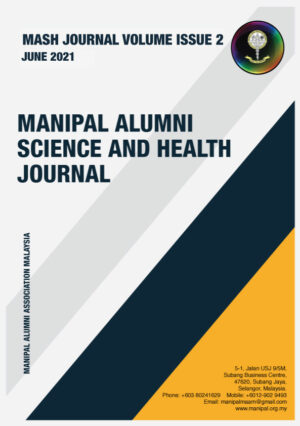Abstract:
Creating a critical care monitoring system within the red zone, without having a separate space or facility to be called a temporary ICU by implementing close hemodynamic monitoring parameters within the red zone itself would be beneficial for emergency critical care services. We had created an emergency critical care chart, using inspiration from a standard ICU chart that is used in the Malaysian ICU setting. A standard ICU chart contained the parameters of hemodynamics such as blood pressure, heart rate, vital signs, dextrose monitoring, ventilator settings, blood gas analysis measures and intravenous drips and vasopressor or medications. A total of 8 patients were present in the Red zone at the time of the audit. Out of these 8 patients, 6 patients had critical care charts and 2 patients did not have critical care charts. Out of the 6 patients, only one was charted completely whereas the other 5 were incomplete. The incomplete charting of all 5 patients involved the ventilator, blood gases, drip and vasopressor segments. Our review demonstrated that a critical care chart can be useful in the emergency department setting treating patients within the red zone itself when there is a limitation in finding a facility or limitation of space, staffing and sullies to create a ED-ICU model. However further initiatives are needed to make the critical care chart more emergency friendly, reducing clutter, incorporating other levels of staff completing the sections of ventilator, blood gases and inotropic support and setting up of policies to ensure compliance to charting.

